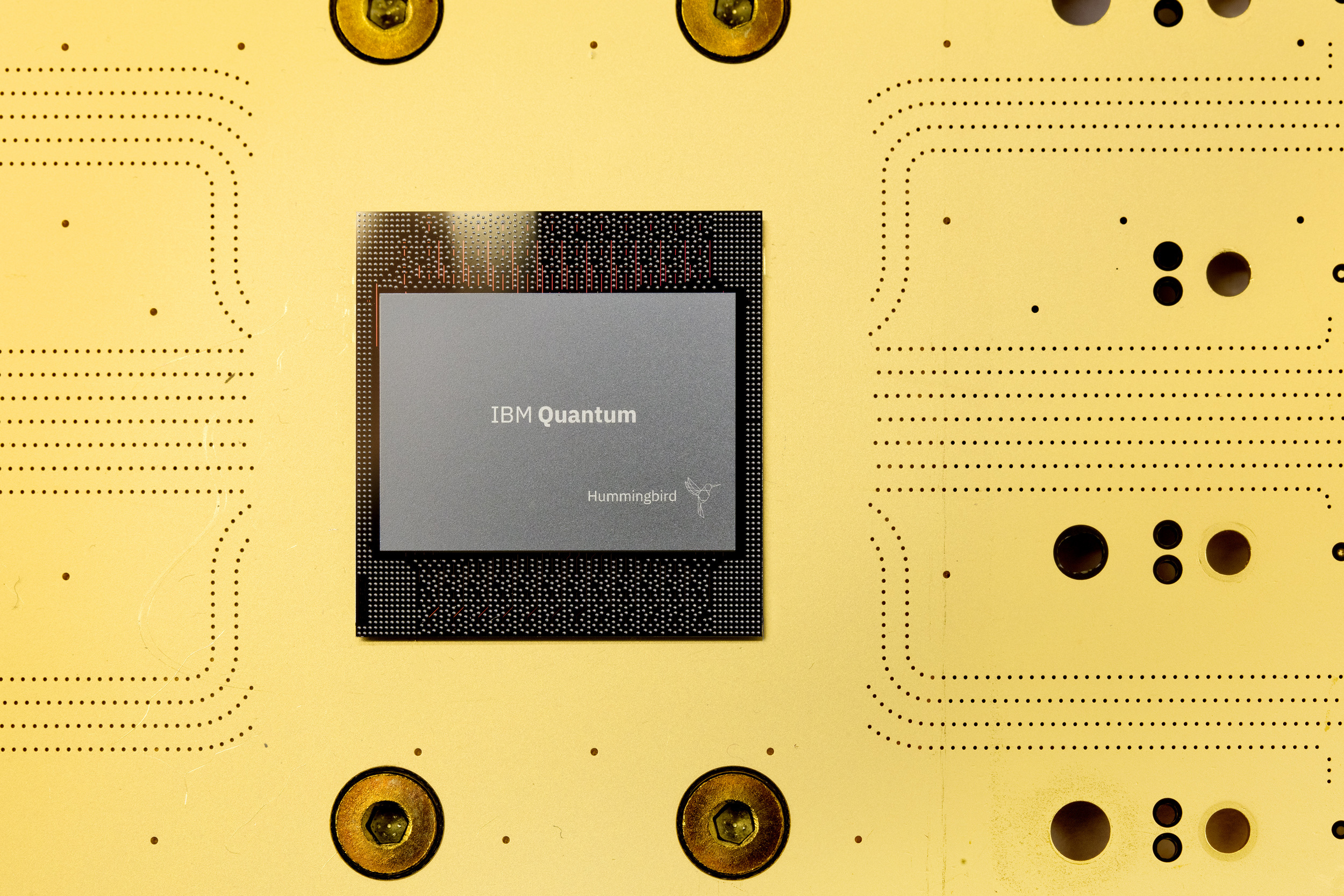Latest News
3 Things to Know About IBM’s Development Roadmap to Build an Open Quantum Software Ecosystem

Today IBM unveiled its Quantum Development Roadmap, which showcases the company’s integrated vision and timeline for full-stack quantum development, including hardware,...
Today IBM unveiled its Quantum Development Roadmap, which showcases the company’s integrated vision and timeline for full-stack quantum development, including hardware, software, and applications.
Last September, IBM shared our roadmap to scale quantum technology, with a clear vision for how to get to the inflection point of 1,000+ qubits by 2023 – and quantum systems powerful enough to explore solutions to challenges impossible on classical machines, alone. The development roadmap gives the millions of professional developers more reason and opportunity to explore quantum computing within their industry and expertise – without the need to learn new tools or languages.
Here are the three things you need to know:
- Building upon IBM's quantum technology roadmap, announced in September 2020, IBM is unveiling a quantum development roadmap, which integrates quantum software progress with the goal of speeding up quantum processing power, and delivering cloud-based services that any developer can use.
The key features highlighted on the roadmap are: Qiskit Runtime in 2021 that will enable 100X speed-up in program execution, and the capability to run dynamic circuits in 2022 that will allow greater circuit variety and expands algorithmic complexity in IBM quantum systems.
IBM’s quantum systems will continue to progress toward 100X speed up by the end of 2021. The company will release examples of this progress over the course of the year. For example, simulating Lithium hydride can take up to 100 days to accurately simulate. When 100X speedup is achieved, it will be possible to simulate LiH in one day.
- By 2023, IBM's development roadmap fills in the gap to take developers from operating at the kernel level to working with application modules, laying the foundation for quantum model services and frictionless workflows. This includes opening up the variety of quantum circuits to include dynamic circuits, bringing real-time classical computing to quantum circuits to improve accuracy and potentially reduce the required resources.
Developers exploring quantum computing today will be able to do more, faster, as IBM implements technologies designed on OpenShift to work alongside quantum computers. And more developers from different industries will have more reason and opportunity to explore quantum computing within their workflows – no need to learn new tools or languages.
- IBM Quantum envisions a future of quantum computing that doesn't require learning a new programming language and running code separately on a new device, but instead, is integrated into a typical computing workflow just like a graphics card or any other external computing component.
We envision a quantum workflow such that different types of developers can work seamlessly in the same integrated cloud-based framework. We call this vision frictionless quantum computing, and our team is excited to announce the Development Roadmap toward this future – where software and hardware advancements in tandem will extend the variety of circuits and expand the capacity of our systems to run circuits at a faster rate.

The IBM Quantum Development Roadmap
How can the millions of developers worldwide start working with quantum computing? Hear IBM Fellow and Vice President of IBM Quantum, Jay Gambetta, describe what you can do today to take advantage of quantum hardware and future cloud services.